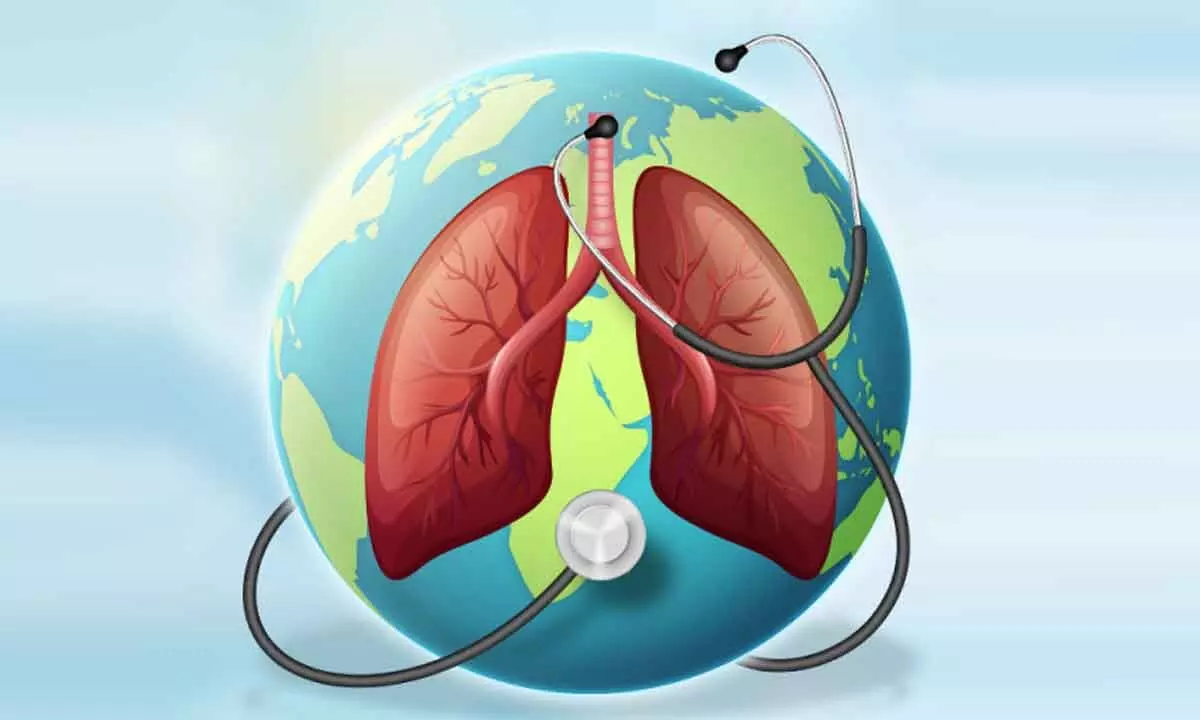Global fight against TB far from over

Tuberculosis (TB)is a formidable adversary in the realm of infectious diseases, one that has plagued humanity for centuries. Despite significant advancements in medical science, TB remains a major global health challenge, particularly in low- and middle-income countries. This editorial aims to shed light on the current state of TB, the challenges in combating it, and the steps needed to move towards its eradication.
TB is caused by the bacterium Mycobacterium tuberculosis, which primarily affects the lungs but can also impact other parts of the body. It spreads through the air when an infected person coughs, sneezes, or talks, making it highly contagious. According to the World Health Organization (WHO), TB is one of the top 10 causes of death worldwide and the leading cause of death from a single infectious agent, surpassing even HIV/AIDS.
One of the most alarming aspects of TB is its ability to develop resistance to antibiotics. Multidrug-resistant TB (MDR-TB) and extensively drug-resistant TB (XDR-TB) are significant public health threats. These forms of TB do not respond to the standard treatment regimens, making them much harder and more expensive to treat. The emergence of drug-resistant TB is largely due to the misuse and overuse of antibiotics, as well as incomplete or improper treatment courses.
The burden of TB is disproportionately high in certain regions, particularly in sub-Saharan Africa and Southeast Asia. Factors such as poverty, malnutrition, and HIV infection contribute to the high incidence of TB in these areas. In many low-income countries, healthcare systems are often under-resourced and overburdened, making it difficult to provide adequate TB care and control measures.
Despite these challenges, there have been significant strides in the fight against TB. The WHO’s End TB Strategy, launched in 2014, aims to reduce TB deaths by 90% and cut new cases by 80% by 2030, compared to 2015 levels. This ambitious plan focuses on integrated patient-centered care, bold policies and supportive systems, and intensified research and innovation.
In India’s case, the Narendra Modi government in 2018 set an ambitious goal of eliminating TB by 2025, five years ahead of the United Nations Sustainable Development Goals (SDG) deadline set for 2030. Five years later, at the One World TB Summit in Varanasi, the PM reiterated India was on course to TB eradication. According to the WHO global TB report 2024, the TB incidence was at 195 per 1,00,000 population 2023 as against 199 in the previous year. Mortality rate was 22 per 1,00,000, down from 23 per one lakh in 2022. Thus, India needs to scale up efforts on a war-footing to tackle the TB.
It is clear that achieving the goals of the End TB Strategy requires more than just medical advancements. It necessitates a comprehensive approach that addresses the social determinants of health. Efforts to combat TB must be integrated with broader initiatives to improve living conditions, reduce poverty, and enhance access to healthcare. Community engagement and education are also crucial in raising awareness about TB prevention and treatment.
In conclusion, while TB remains a formidable challenge, there is hope on the horizon. With continued commitment from governments, international organizations, and communities, we can move closer to a world free of TB. For this to happen, the WHO funding needs to be ramped up to bridge the funding gap so that all people with TB in low- and middle income countries have access to the care they need. Thus, the global fight against TB is far from over, but with concerted efforts, we can turn the tide against this ancient scourge.


